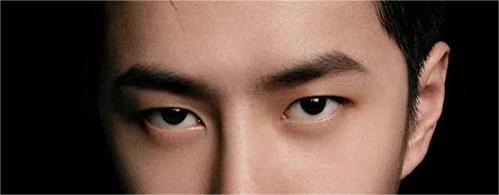Normal Eye Pressure & 5 Myths about Glaucoma Eye Pressure
IOP is usually the highest in the morning and may be low in the afternoon.
Normal Eye Pressure
The normal eye pressure in humans is 10-21 mm Hg, and our normal intraocular pressure fluctuates 2-3 mm Hg throughout the day.
If the IOP fluctuates within 5mmHg during the day, it is normal, but if it exceeds 8mmHg, it is considered pathological IOP fluctuation.

5 Myths About Glaucoma Eye Pressure
Myth 1: Glaucoma is not hereditary
Glaucoma has a certain genetic predisposition. Doctors often have to ask patients about their family history of glaucoma during the diagnosis process. If a person is diagnosed with glaucoma, then their parents and children may be included in the priority diagnosis of glaucoma. This is because glaucoma is a genetically inherited eye disease, and children of parents or elders with glaucoma have a higher chance of developing glaucoma than the general population.
Myth 2: If there is no discomfort in the eye, it is not glaucoma
Many types of glaucoma, including open-angle glaucoma and some chronic closed-angle glaucoma, do not have any symptoms in the early stage of the disease and may be in the middle or late stage once detected. The optic nerve damage in glaucoma is irreversible. Therefore, routine eye health checkups are necessary, and early detection and treatment are glaucoma diagnosis and treatment principles.
Myth 3: High eye pressure must mean glaucoma
IOP in 95% of the population is between 10-21 mm Hg, and in another 5% of normal people, it is not within this range. Most glaucoma is caused by damage to the optic nerve due to elevated intraocular pressure. Still, glaucoma can occur within the normal range, so intraocular pressure is not the only criterion for diagnosing glaucoma.
It would be best not to judge whether you have the disease from IOP alone but should go to the hospital for a detailed examination.
Myth 4: No more medication is needed after IOP normalization
Glaucoma is a lifelong disease, and the use of drugs is long-term. Self-stopping medication is not conducive to IOP control but easily leads to optic nerve damage and visual field defects.
Frequent use of medication will reduce compliance and increase adverse drug reactions. Depending on your condition, your doctor may switch to a fixed compound or combine it with the laser to reduce the number of doses and improve efficacy. For patients, IOP control is not the same as the cure and should be reviewed regularly, and the doctor will adjust the medication according to the degree of control.
Myth 5: Surgery is a once-and-for-all solution
Glaucoma surgery reduces eye pressure by creating a drainage channel for aqueous humor, but this channel may scar, and the pressure may rise again. Many people let their guard down after surgery, thinking they are done with surgery and don’t need to pay attention to post-operative medication and care, but this is likely to lead to a slow rise in IOP again.
Glaucoma is a chronic progressive disease, and treatment needs to be long-term and individualized.
Summary
As with many diseases, glaucoma needs to be detected and treated early.
First, you need to pay attention to physical examination. If abnormal intraocular pressure or a large optic disc cup-to-disc ratio is found during physical examination, you should go to the hospital for glaucoma screening. If there is a family history of glaucoma, especially if a member of your immediate family has glaucoma, you will need to go to the hospital for routine checkups.
“HCY, Health care for you” is our forever mission. We dedicate to offering safe & reliable products and medical services with our global creditable partners. HCY has already supplied to WHO, MAYO clinic, MGI, DDC, Yale University, Qorvo, Quanterix, Thomas Scientific, SD biosensor, Cardinal Health, Cleveland Clinic, Mars Petcare & LumiraDx, etc. in the past years.
 A professional supplier of swabs
A professional supplier of swabs
